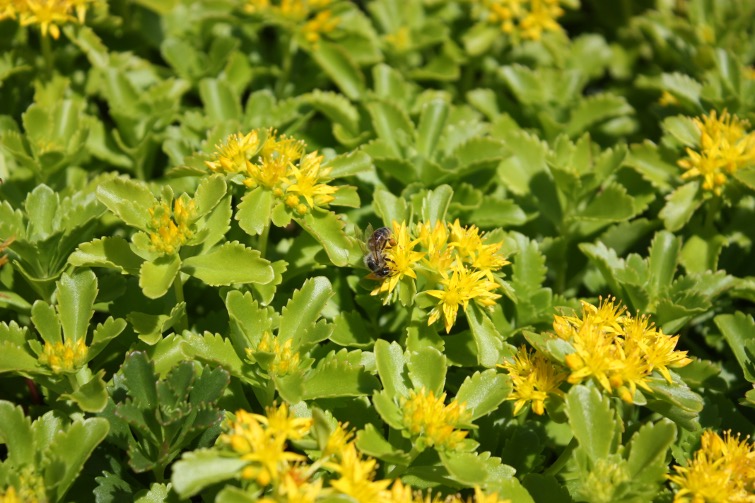Actions
Green and White Roofs
Increasing precipitation, existing topography such as natural underground streams, and built environment features may work together to exacerbate problems. Green roofs, green belts, or parks help to combat heat island effects, and green space can also function as a natural method to reduce storm water run-off from non-permeable surfaces.
Native Trees and Vegetated Swales
Green infrastructure implemented in the last decade included the planting of native tree species, rain gardens, vegetative swales, and green roofs. More natural and hybrid systems will be planned and planted in priority areas.
Rainwater Harvesting
As the climate changes, the overall climate is projected to be warmer and wilder. Scenarios may arise when precipitation will fall on less days, increasing drought and run off. Dalhousie currently has three building rain cisterns for toilet flushing. There may be an increased need for rainfall harvesting for programs like agriculture.
Agricultural Lands
Dalhousie’s agricultural campus owns and leases agriculture lands. Agricultural practices can help to reduce and mitigate the impacts of climate change. Farm-based strategies are being deployed to reduce greenhouse gases such as composting manure onsite. Program relocations may be deployed if increasing flooding is impacting lands.
Porous Systems
Reducing impervious surfaces helps to slow down stormwater. Systems like permeable pavers and permeable concrete have been installed on campus. Learnings from installations will help inform future planned installations.
Targets
Greenhouse Gas (GHG) reductions
2020 - 2030: 500 tonnes
2030 - 2040: 500 tonnes
2040 - 2050: 400 tonnes
Total: 1400 tonnes
Adaptation
Diversion of storm water from storm/water sewage systems to natural and built systems; planting more resilient species.
